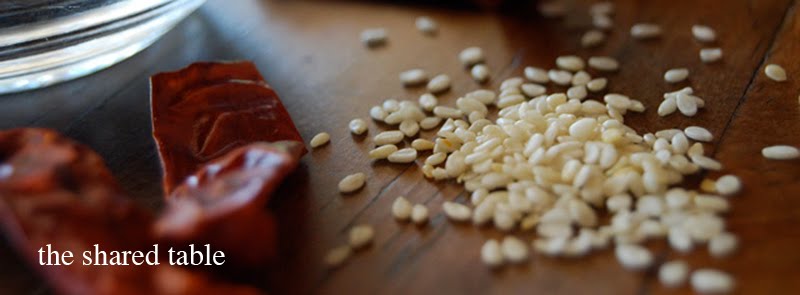In case you were wondering, I got no Kaya Toast on this visit to Singapore. But I had such a great two days there that I only gave it one wistful thought and was rather triumphant instead that I got my dim sum and fish head curry (as well as lots of other delicious local dishes). But my favorite find of the trip was a tea I drank at a restaurant called Lao Bejing on Orchard Road. Made with water cress and sugar cane, it was similar in appearance to the hot barley water I like to drink at Korean restaurants in LA. The same transparent golden hue but with the distinctive sweet aroma of cane and the unique flavor of its juice. The watercress was incidental for me.
The only lions in Singapore or the Lion City were probably Malay tigers, at one time long ago! But the city-state is one of the wealthiest in the world, an economic lion of sorts. As I drive to its colonial district I can’t help but compare it to Bombay on India’s western coast, a city I studied, lived and worked in for nearly a decade. The two share a British colonial past and Singapore, to a lesser degree than Bombay, boasts some colonial architecture.
With an area of 710 square kms, the country of Singapore is only about 100 square kms larger than that other tropical island city. Despite these slight similarities and the fact that both cities are flush with money, they could not be more different in character or infrastructure. Singapore, though very urban, exults in its lush green tropical-ness while in Bombay virtually every vestige of the tropics has been wiped away by increasing urban growth. Singapore is well planned and governed. The last time any real effects of good planning were seen in Bombay was pre-Independence in 1947. Singapore has been rated the least corrupt country in Asia, Bombay may be one of its most corrupt.
Both cities boast diverse ethnic populations but while in recent years political parties in Bombay have been anything but welcoming to people of different ethnicities, Singapore has built its reputation on its inclusion of various ethnicities like the Malays, Indians, and Eurasians, apart from the majority Chinese. The extraordinary variety of ethnic cuisines available in Singapore and enjoyed as much by the local people as by tourists is testament to that fact.
And so back to Lao Beijing which bills itself as “Reminiscent of An Old Beijing Teahouse” serving northern and southern Chinese food. I had my first meal there, with Leena. The portions being large, we were conservative in our order, trying three of the house specialties. Beijing-style Fried Shredded Pork & Leeks with the Chef’s Special Sauce -- tasted like Hoisin -- was slightly sweet and familiarly Chinese. The square bean curd skins were new to me and since playing with food is such fun, I had a great time making my own little wraps. The condiments on the table included shredded, pickled ginger and a sweet chili sauce so we layered pork, leeks, and ginger into the tofu skins and ate them with dabs of the sweet paste.
Then I popped a Steamed Juicy Meat (pork) Bun into my mouth soon after it arrived at the table and Leena chose exactly that moment to ask me a question. Shifting the hot bun around in my mouth -- I had put it into my mouth whole because feeling the liquid in the dumpling, I did not want to risk biting into it and having juice squirt everywhere -- I contemplated my answer while she watched me squirm. Finally I chewed on the bun and the delicious hot liquid exploded in my mouth, mixing with the delicately spiced pork.
The Shrimp, Pork & Chive Guotie (potsticker to us!) was delicious too, with the earthy taste of an unidentifiable herb (other than the chives!), and I really enjoyed the Tsai Tsa or salted vegetables that were placed on our table along with our tea. Milder than kim chi but like it in nature, the crunchy sweet vegetable slices were lightly salted and pickled, tasting a little like bread and butter pickles made with chayote!

No comments:
Post a Comment